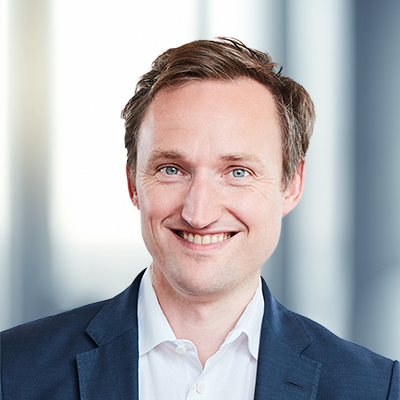Utility model protection
Utility model application
Inventions can be protected if they are new, are based on an inventive step and are industrially applicable.
The DPMA only examines the formal requirements when applying for a utility model, so the application process only takes a few months.
It usually takes 3-4 months to register a utility model, whereas applying for a patent can take several years. This is due to the fact that the DPMA comprehensively examines the protection requirements for patents during the registration procedure.
Utility model protection
A utility model can protect objects such as machines, devices, medicines, circuits and similar devices. However, manufacturing or working processes are excluded from utility model protection; a patent application is required for their protection.
Registration with the German Patent and Trademark Office (DPMA) gives the inventor the sole rights of use and exploitation. The maximum term of protection of a utility model is 10 years.
There is no international utility model application. The respective national patent office is responsible for applications in other countries.
Utility model search
The application for a utility model requires a utility model search. As the utility model is an unexamined property right, it is the inventor's responsibility to check whether the invention meets the requirements for protection on the basis of the search.
The DPMA offers databases such as DEPATISnet for this purpose. The Patent Office also carries out searches for utility model protection for a fee.
Grace period
In the case of patents, an invention is no longer new if it has already been published. This is different for utility models: Due to the novelty protection period, a utility model can still be applied for up to 6 months after publication.
Risk deletion procedure
A utility model is easier to challenge than a patent. Third parties can initiate cancellation proceedings at the DPMA to contest the utility model if the requirements for protection are not met.
Injunctive relief and damages
In the event of an infringement of property rights by third parties, the property right holder can, among other things, assert a claim for injunctive relief and demand payment of damages.
Regarding Justus Kreuels:

Justus Kreuels, German and European Patent Attorney, studied mechanical engineering at the TU Munich and the RWTH Aachen. A main focus of his practice is the enforcement of intellectual property rights in the field of mobile communication, Internet of Things (IoT), robotics, etc. in Germany.
